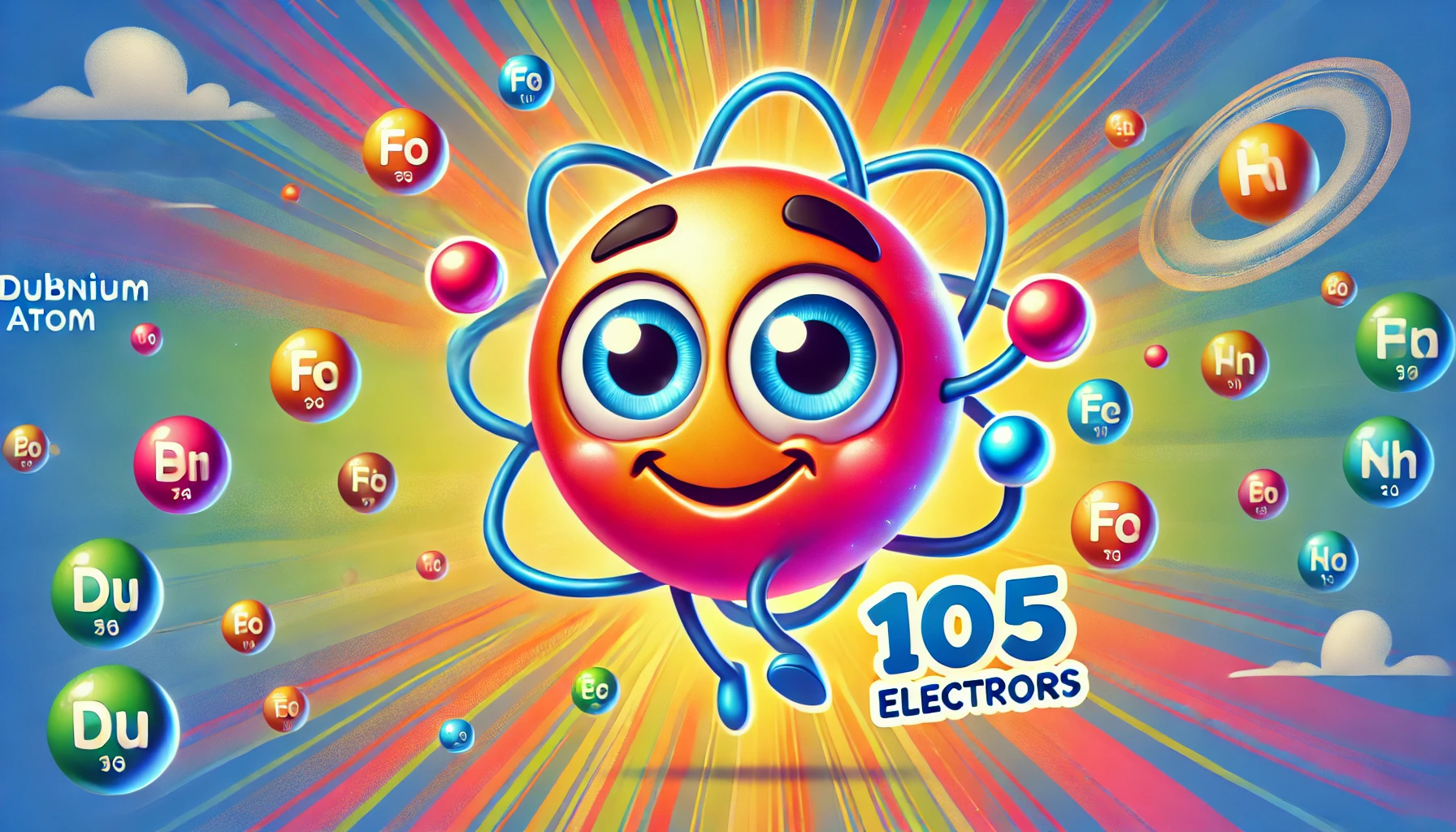Understanding Dubnium: Properties, Uses, Health Risks, and Fascinating Facts
Understanding Dubnium: Properties, Uses, Health Risks, and Fascinating Facts
Table of Contents
- Introduction to Dubnium
- Properties of Dubnium
- Uses of Dubnium
- Health Risks of Dubnium Exposure
- Interesting Facts about Dubnium
- Environmental Impact of Dubnium
- Conclusion
- References
Understanding Dubnium: Properties, Uses, Health Risks, and Fascinating Facts
Introduction to Dubnium Dubnium is a chemical element with the symbol Db and atomic number 105. It is a synthetic, highly radioactive metal in the transactinide series, first synthesized in 1968. This article explores the properties, uses, health risks, and interesting facts associated with dubnium, providing a comprehensive understanding of this rare element.
Properties of Dubnium Dubnium is characterized by several distinct physical and chemical properties.
Physical Properties
- Appearance: Dubnium is a metallic element, but it has not been produced in quantities sufficient to observe its physical characteristics in bulk.
- Density: The density of dubnium is estimated to be around 29 g/cm³.
- Melting Point: The melting point of dubnium is estimated to be approximately 2,900 K (2,630°C or 4,760°F).
- Boiling Point: The boiling point of dubnium is not well established due to its high radioactivity and scarcity.
Chemical Properties
- Reactivity: Dubnium is chemically reactive and forms compounds with various elements, including oxygen, chlorine, and fluorine.
- Compounds: Dubnium forms various compounds, such as dubnium chloride (DbCl₅) and dubnium oxide (Db₂O₅).
Uses of Dubnium Due to its high radioactivity and limited availability, dubnium has very few practical applications but is valuable in scientific research.
Scientific Research
- Nuclear Studies: Dubnium is used in nuclear research to study the properties of heavy elements and to explore nuclear reactions and decay processes.
- Production of Heavier Elements: Dubnium is used to synthesize heavier elements in the periodic table, contributing to the study of transactinide elements.
Health Risks of Dubnium Exposure Dubnium is highly radioactive, and exposure can pose significant health risks.
Inhalation and Ingestion
- Radiation Poisoning: Inhalation or ingestion of dubnium can cause severe radiation poisoning, with symptoms including nausea, vomiting, hair loss, and damage to internal organs.
- Bone and Liver Accumulation: Dubnium can accumulate in the bones and liver, increasing the risk of cancer and other health issues.
Skin and Eye Contact
- Radiation Burns: Direct contact with dubnium can cause severe radiation burns on the skin.
- Eye Damage: Exposure to dubnium dust or vapors can cause eye damage and potential blindness.
Chronic Exposure
- Cancer Risk: Prolonged exposure to dubnium increases the risk of developing various cancers due to its high radioactivity.
Interesting Facts about Dubnium Dubnium has several intriguing aspects that make it an interesting element.
Discovery
- Discovered in 1968: Dubnium was first synthesized by a team of scientists at the Joint Institute for Nuclear Research in Dubna, Russia, and later confirmed by researchers at the Lawrence Berkeley National Laboratory in California. It was named in honor of the town of Dubna, the location of the Russian research facility.
Unique Properties
- Radioactivity: Dubnium is highly radioactive, with several isotopes that are important for various applications.
- Scarcity: Dubnium is produced in minute quantities, making it one of the rarest elements in the periodic table.
Isotopes
- Radioactive Isotopes: Dubnium has no stable isotopes. The most common isotopes are dubnium-261, dubnium-262, and dubnium-263, each with distinct uses in research.
Environmental Impact of Dubnium Dubnium is highly toxic to the environment and can pose significant risks to ecosystems and human health.
Natural Occurrence
- Abundance: Dubnium does not occur naturally and is produced synthetically in nuclear reactors and during particle accelerator experiments.
- Production: Dubnium is produced in extremely small quantities, primarily for scientific research.
Pollution and Bioaccumulation
- Environmental Pollution: Dubnium can enter the environment through nuclear testing, industrial emissions, and improper disposal of radioactive materials.
- Bioaccumulation: Dubnium can accumulate in the food chain, posing risks to wildlife and humans who consume contaminated food and water.
Waste Management
- Nuclear Waste: Dubnium is a component of nuclear waste and poses long-term storage challenges due to its high radioactivity. Effective management and containment strategies are crucial to mitigate its environmental impact.
Conclusion Understanding dubnium, its properties, uses, health risks, and interesting facts provides valuable insight into this rare and highly radioactive element. While dubnium has limited practical applications, its significance in scientific research and nuclear studies is considerable. Its high radioactivity and associated health risks necessitate careful handling and responsible management. Ongoing research and advancements in technology continue to shed light on the complexities and potential uses of dubnium in modern science and industry.

<ⓒ WizardMedics (wizardmedics.com)>






